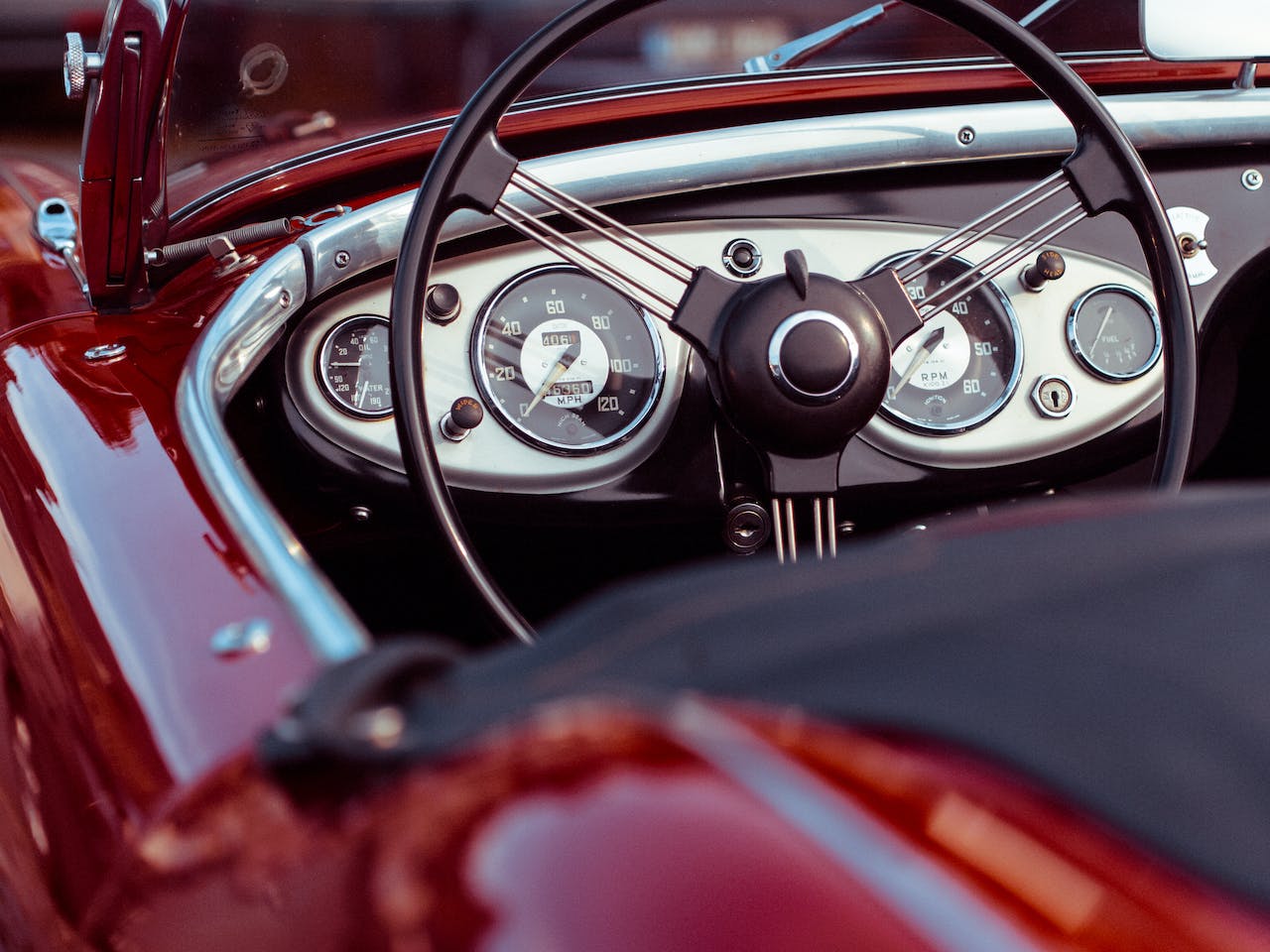
Many systems in your vehicle contribute to its handling, safety, and comfort. The steering system is among the most critical, allowing you to direct its movement, navigate around obstacles, and maneuver on challenging terrain. Whether you’re upgrading, repairing, or replacing car steering parts, you must choose components that deliver the durability, longevity, and performance you expect. This brief guide explains what you need to know about today’s steering systems.
Types of Steering Systems
Modern vehicles use a wide range of steering systems. Rack-and-pinion is the most common style, but other options include recirculating ball and four-wheel steering. Understanding how these work can help you choose the proper parts for your vehicle.
Rack-and-Pinion
Rack-and-pinion is the most common type of steering system. As its name reflects, its construction consists of two components:
Rack: A long straight horizontal piece of metal with a series of metal teeth on its top side
Pinion: A small gear connected to the steering wheel that interlocks with the rack’s teeth
When you turn the steering wheel of your vehicle, the steering shaft and pinon gear also turn. The pinion gear meshes with the rack teeth, causing the rack to move from side to side. This movement is what turns your vehicle’s wheels.
Recirculating Ball
Some older vehicles and heavier trucks use a recirculating ball steering system. This design includes a rotating shaft that turns a worm gear connected to a Pitman arm. In turn, the Pitman arm links to a drop arm attached to a recirculating ball nut with ball bearings. When the worm gear turns, it moves the Pitman arm and causes the recirculating ball nut and bearings to move. This motion prompts the lateral movement of the steering linkage, which makes the front wheels connected to the linkage to turn.
Four-Wheel
Traditional steering systems only actively move the front wheels. Four-wheel steering differs because it allows the steering system to control all four wheels on a vehicle. Controlled primarily by a vehicle’s ECU, these systems can come in all-wheel or rear-wheel versions, Depending on how each system is designed, the rear wheels may turn in the same or the opposite direction as the front wheels. Key benefits of four-wheel steering include improved maneuverability and stability plus better performance during cornering and parking.
Steering System Maintenance & Upgrades
Regular steering system maintenance includes checking critical components for wear. Besides checking power steering fluid levels and steering pump components, other key items to check include wheel alignment and the condition of individual steering linkage components.
Your driving conditions may call for steering system upgrades. If you do a lot of heavy-duty driving, for instance, you may choose a Moog tie-rod assembly for its friction-reducing design that cuts down on premature wear on your suspension components and tires. Another great example is Mervotech tie rod ends, designed with corrosion-resistant coating for extreme conditions.
Where To Buy Components
Whether you’re shopping for steering system components or something simple like a Smittybilt tow bar, where you purchase your parts matters just as much as what you buy. Choose a retailer with a solid reputation, a large inventory of high-quality components, and knowledgeable customer service staff.












